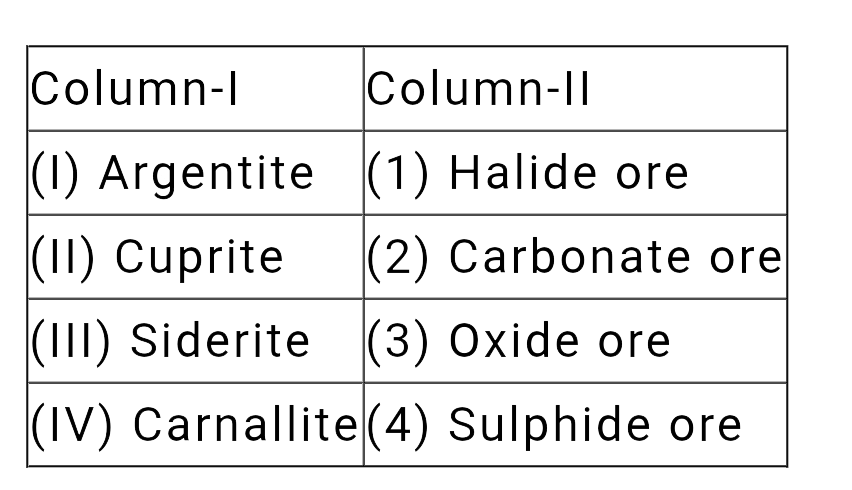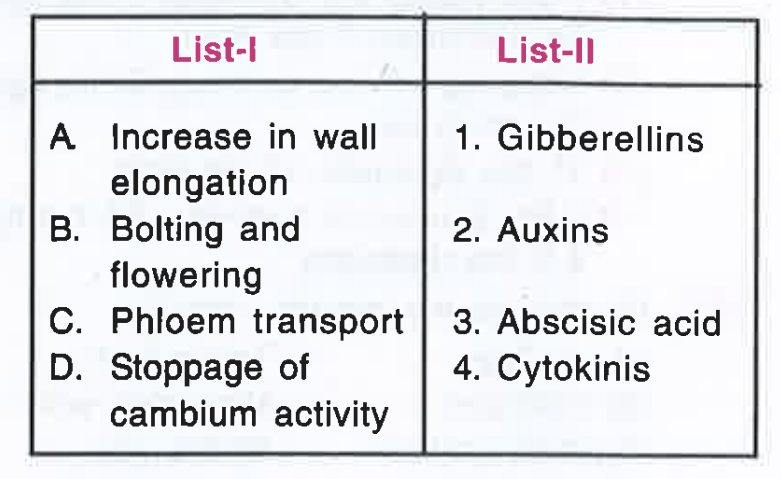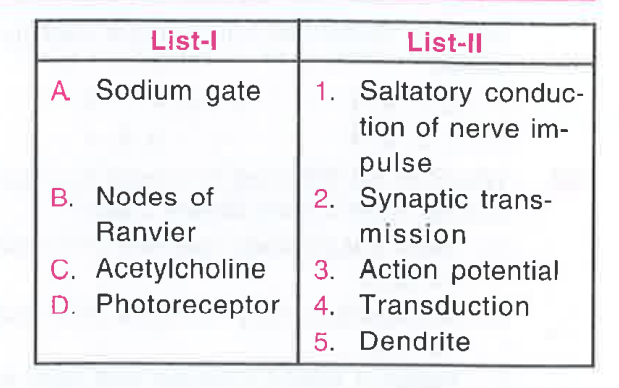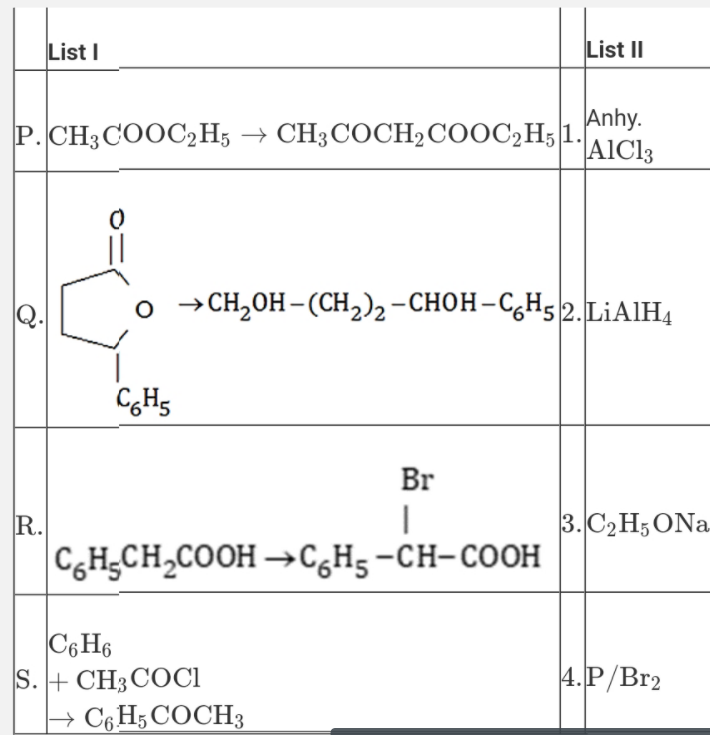Which of the following compound possesses Lewis acid character?
(1) BF3 (2) SiF4 (3) PF5
Select the correct answer using the codes given below
1 alone
1,2&3
2 & 3
1&3
The correct Answer is:B
To determine which of the given compounds possesses Lewis acid character, we need to analyze each compound based on the definition of Lewis acids. A Lewis acid is a substance that can accept an electron pair.
1. Identify the Compounds:
We have three compounds to analyze:
- (1) BF3 (Boron Trifluoride)
- (2) SiF4 (Silicon Tetrafluoride)
- (3) PF5 (Phosphorus Pentafluoride)
2. Analyze BF3:
- Boron (B) has an atomic number of 5 and an electronic configuration of 1s² 2s² 2p¹.
- In BF3, boron can undergo excitation where one of its 2s electrons jumps to the 2p orbital, resulting in an electron configuration of 1s² 2s¹ 2p².
- This leaves one p orbital vacant, allowing BF3 to accept an electron pair from a Lewis base.
- Conclusion: BF3 possesses Lewis acid character.
3. Analyze SiF4:
- Silicon (Si) has an atomic number of 14 with an electronic configuration of 1s² 2s² 2p⁶ 3s² 3p².
- When Si forms SiF4, one 3s electron can be excited to the 3p orbital, leading to an electron configuration of 1s² 2s² 2p⁶ 3s¹ 3p³.
- The presence of vacant d orbitals allows SiF4 to accept electron pairs.
- Conclusion: SiF4 possesses Lewis acid character.
4. Analyze PF5:
- Phosphorus (P) has an atomic number of 15 with an electronic configuration of 1s² 2s² 2p⁶ 3s² 3p³.
- In PF5, one of the 3s electrons can be promoted to the 3d orbital, resulting in the configuration of 1s² 2s² 2p⁶ 3s¹ 3p³ 3d¹.
- The presence of vacant d orbitals allows PF5 to accept electron pairs.
- Conclusion: PF5 possesses Lewis acid character.
5. Final Conclusion:
All three compounds (BF3, SiF4, and PF5) exhibit Lewis acid character because they can accept electron pairs. Therefore, the correct answer is option (2) - 1, 2, and 3.
Summary of the Answer:
The compounds that possess Lewis acid character are:
- (1) BF3
- (2) SiF4
- (3) PF5
Correct Option: 1, 2, and 3.
We have three compounds to analyze:
- (1) BF3 (Boron Trifluoride)
- (2) SiF4 (Silicon Tetrafluoride)
- (3) PF5 (Phosphorus Pentafluoride)
- Boron (B) has an atomic number of 5 and an electronic configuration of 1s² 2s² 2p¹.
- In BF3, boron can undergo excitation where one of its 2s electrons jumps to the 2p orbital, resulting in an electron configuration of 1s² 2s¹ 2p².
- This leaves one p orbital vacant, allowing BF3 to accept an electron pair from a Lewis base.
- Conclusion: BF3 possesses Lewis acid character.
- Silicon (Si) has an atomic number of 14 with an electronic configuration of 1s² 2s² 2p⁶ 3s² 3p².
- When Si forms SiF4, one 3s electron can be excited to the 3p orbital, leading to an electron configuration of 1s² 2s² 2p⁶ 3s¹ 3p³.
- The presence of vacant d orbitals allows SiF4 to accept electron pairs.
- Conclusion: SiF4 possesses Lewis acid character.
- Phosphorus (P) has an atomic number of 15 with an electronic configuration of 1s² 2s² 2p⁶ 3s² 3p³.
- In PF5, one of the 3s electrons can be promoted to the 3d orbital, resulting in the configuration of 1s² 2s² 2p⁶ 3s¹ 3p³ 3d¹.
- The presence of vacant d orbitals allows PF5 to accept electron pairs.
- Conclusion: PF5 possesses Lewis acid character.
All three compounds (BF3, SiF4, and PF5) exhibit Lewis acid character because they can accept electron pairs. Therefore, the correct answer is option (2) - 1, 2, and 3.
The compounds that possess Lewis acid character are:
- (1) BF3
- (2) SiF4
- (3) PF5
Similar Questions
Which of the following compound react with BF3?
View SolutionMatch List 1 with List 2. Select the correct answer using the codes given below the list.

View SolutionMatch List 1 with List 2. Select the correct answer using the codes given below the list.

View SolutionMatch List 1 with List 2. Select the correct answer using the codes given below the list.

View SolutionMatch the colum (I) and (II) and select the correct answer using the codes given below.

View SolutionMatch list -I List-II and select the correct answer using the codes given below the lists

View Solution
match List-I with list-II and select the correct answer using the codes given below:
View SolutionMatch List-II with List-II and select the correct answer using the codes given below:

View SolutionMatch list-I with list-II and select the correct answer using the codes given below lists

View SolutionMatch List I with List II and select the correct answer using the codes given below the lists

View Solution
